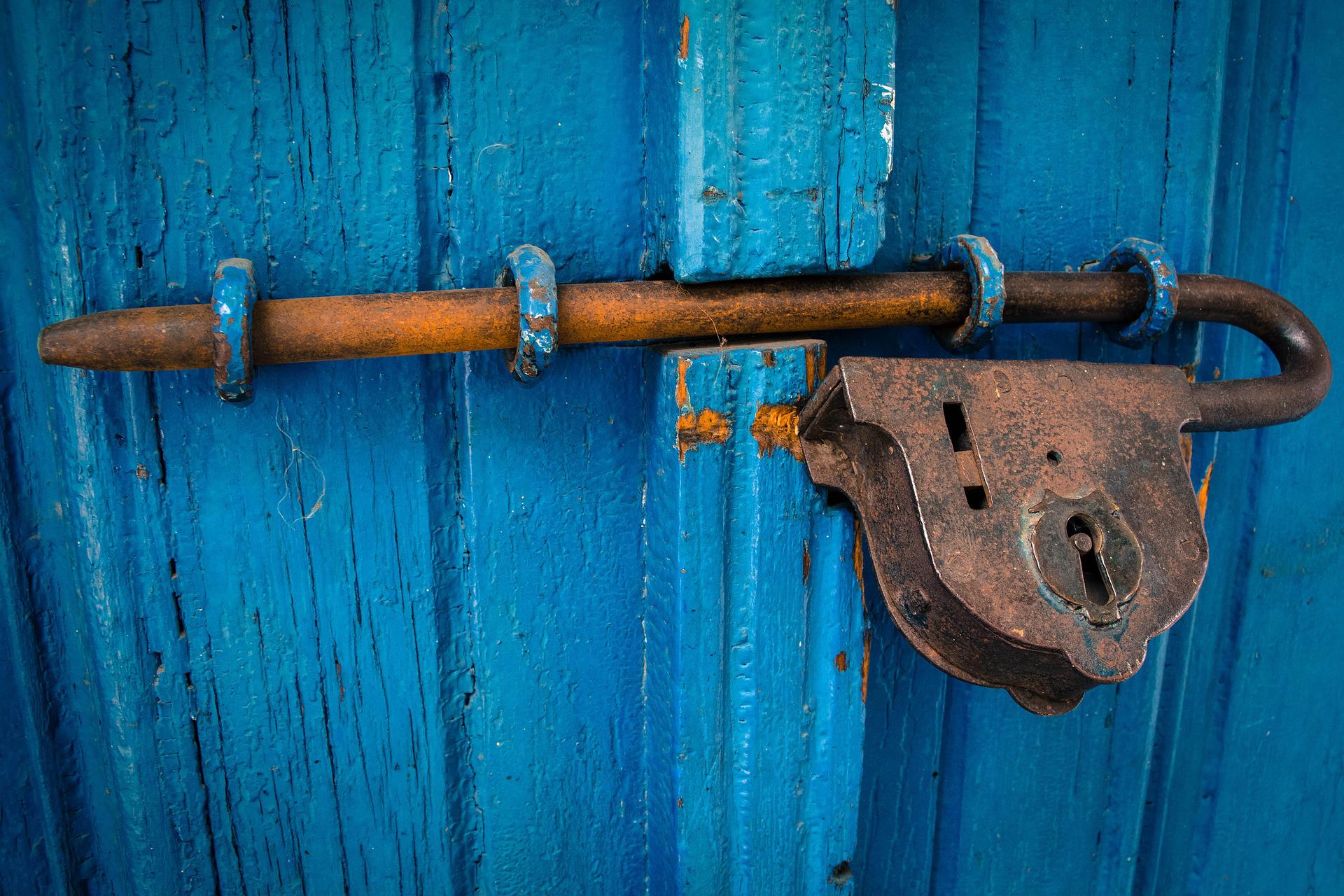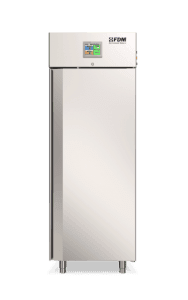
Corrosion is the first enemy of all products and materials made of metal.
But not all products are created equal. Some, due to the context and their functions, are more exposed to corrosion and it is more urgent to prevent it. This is the case with the components of cold rooms.
In the following article we will see how the phenomenon of corrosion is generated and how we can fight it and why it is of vital importance to carry out climatic tests on the components of cold rooms.
Corrosion and the Accelerated Aging Test
Corrosion is an electrochemical process that affects all metals and their alloys. When exposed to the action of atmospheric agents, mainly moisture and water vapor, metals have a tendency to oxidize, forming the characteristic rust that worsens their physical characteristics until they are damaged or broken.
Over the years, scientists and researchers have developed alloys and materials capable of withstanding this process for a very long time. These materials are then subjected to an accelerated aging test to study their resistance to corrosion in natural environments and evaluate their approval to international standards.
Perform
Climate Stress
Discover the new series of Climate Chambers for controlled climate testing
The Components of the Cold Rooms
Not all metallic materials are equally exposed to corrosive agents, nor does their corrosion have the same consequences for their use.
The components of cold rooms, for example, must ensure high resistance to corrosion due to the particular environment for which it is intended and due to the essential function it covers.
By components we mean all the functional tools for closing, opening and isolating a cold room, therefore:
- Handles
- Hinges
- Compensation valves
- Sliding systems
Due to their essential functions, each of these components must be built in accordance with certain international standards which guarantee a certain level of corrosion resistance.
The International Standards for Salt Spray Testing
The accelerated aging tests for corrosion are regulated by the international standard ISO 9227: 2017.
The standard provides for the salt spray test as a method to experimenting the effects of corrosion on a material in artificial environments, that is, inside a climatic chamber.
In the salt spray test, the climatic chamber is equipped with diffusers that spray the material under test with a salt solution capable of causing the corrosive phenomenon.
We talked about it in detail here.
You cannot find the ideal chamber for your test?
Create your own environment, according to any test requirement
The FDM Climatic Chamber for Salt Spray Test
The FDM climatic chambers are the ideal tool for conducting the salt spray test on the components of a cold room and on all materials that need to comply with the standards of ISO 9227: 2017.
In each FDM climatic chamber the relative humidity and temperature parameters necessary to conduct each accelerated aging test can be altered and they can be equipped with salt spray diffusers to carry out the aforementioned test.
For further doubts and questions, please do not hesitate to contact us.
Would you like to receive a quote or do you have questions about the product?
Contact us to receive more information about this Product.



